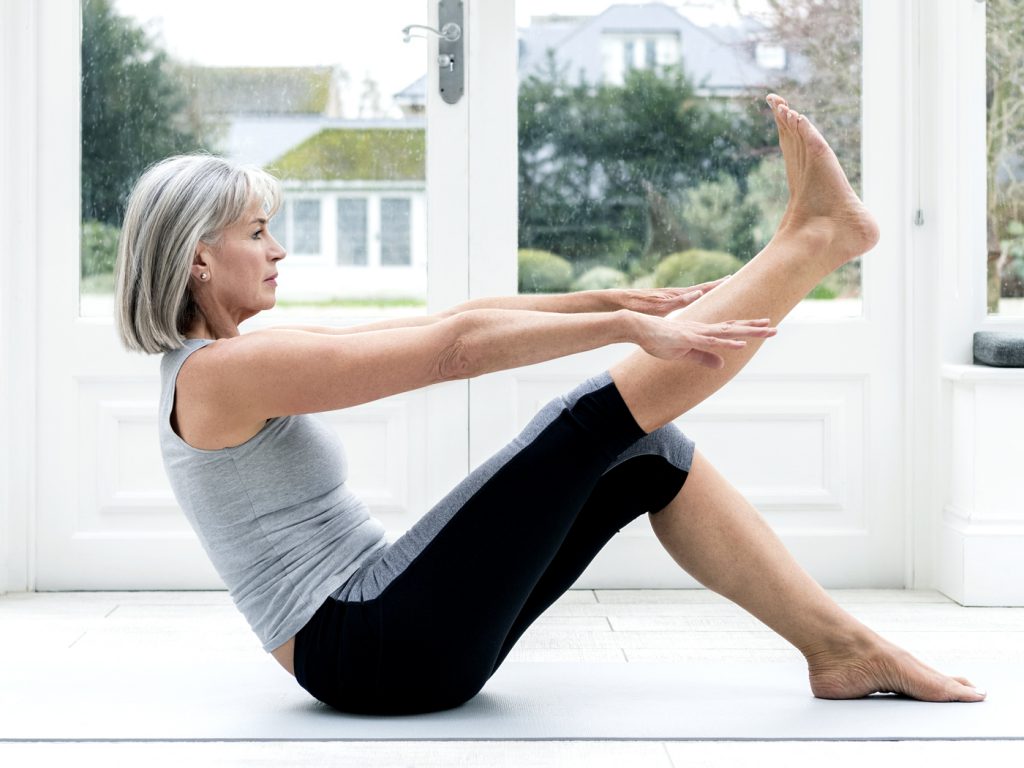
The human body is a marvel of engineering, but like all creations, it is subject to limitations. Over countless millennia, nature has created a form that is capable of wondrous feats including running, swimming, and climbing, but to maintain the human body at peak performance it takes some effort. Whether you are a world-class athlete or merely someone looking to stay reasonably fit, you should know how important it is to keep your joints in top shape.
Joint pain afflicts everyone occasionally, whether it is due to injury, repetitive stress or a degenerative condition like arthritis. In the vast majority of cases, these aches and pains are minor annoyances that resolve without serious medical intervention. However, they may indicate that you should do more to keep them at optimal health. There are many ways to keep your joints healthy, including a nutritious diet, nutritional supplements and preventive medicine, but the foremost method is regular exercise.
A Closer Look at Your Joints
The adult human has 206 bones in their body that provide support and protection to muscles, nerves and organs. Almost all of these bones connect with other bones in either a fixed or mobile joint. Among the types of joints found in humans are:
- Ball and Socket Joint: This joint is found in the shoulder and hip and allows for an extended range of rotation and movement.
- Condyloid Joint: This type of joint found in the jaw and fingers allows joystick-like movement but no rotation.
- Gliding Joint: This joint is found in ankles, wrists and spine enables bones to glide past each other.
- Hinge Joint: This door hinge-like joint exists in the knee and elbow.
- Pivot Joint: This joint found in the neck and elbow allows bones to rotate around other bones.
- Saddle Joint: Your thumb is an example of this type of joint that permits back and forth and side to side motion but limited rotation.
In addition to the bones found in a joint, there are also many other kinds of tissue.
Health Conditions that Affect Joints
- Cartilage: This type of tissue covers the surface of a bone in a joint and reduces abrasion within a joint.
- Synovial membrane: Synovial membrane lines the joint and seals it into a joint capsule. It secretes and encapsulates synovial fluid which is a shock absorber for joints.
- Ligaments: Tough, elastic bands of connective tissue that surround the joint to provide support and limit the joint’s motion.
- Tendons: Tendons attach to muscles that control movement of the joint.
- Bursas: Bursas are fluid-filled sacs between bones, ligaments, or other joint structures that cushion impacts involving the joint.
- Synovial fluid: A clear, sticky fluid secreted by the synovial membrane that lubricates and cushions joints.
- Arthritis: the most common joint pain condition is, of course, arthritis which afflicts more than 40 million Americans. There are dozens of types of arthritis, but the most common are osteoarthritis and rheumatoid arthritis.
- Fibromyalgia: this mysterious musculoskeletal pain condition may also include joint pain symptoms that involve the temporomandibular joint. How fibromyalgia operates remains a mystery, but there are medications that can help manage symptoms.
- Tendinitis: this condition involves the inflammation of tendons, the tough fibers that anchor muscles to bones. Usually a result of athletic over-use, tendinitis produces joint pain but is relatively easy to treat in most cases.
- Dislocation: if the two bones comprising a joint are misaligned, then it is necessary to reset one or both bones. A dislocation is usually accompanied by joint pain, visible joint deformation, swelling, bruising or immobility.
- Bursitis: many people who overuse a joint may experience inflammation of the bursa, a condition known as bursitis. This condition is often characterized by pain and swelling. Most patients respond to pain, icing and pain killers, but for a small number, surgery may be necessary.
Why Exercise Is Important
Given the many functions and mechanisms of joints in the human body, it is easy to understand why so many health conditions may affect one or more joints. Some of these may be systemic, causing symptoms like swelling or joint pain throughout the body, while others may only affect certain joints.
Like most physiological components, your joints can be harmed as much from lack of use as overuse. That is why medical authorities strongly recommend that you maintain a vigorous exercise regimen. The specific exercises, number of sessions per week and intensity of fitness program should all be discussed with your physician prior to starting.
In general, movement is essential for maintaining joint health. Use of joints naturally increases flexibility and strength, but motion also lubricates joints and reduces swelling. Not only will exercise help maintain joint health in the long term, but it will also help reduce joint pain symptoms almost immediately due to production of natural pain killers called endorphins.
Flexibility and range of motion are keys to joint health. You may not realize it but staying in motion helps keep your tendons and ligaments strong, both of which are essential for mobility. Stretching your muscles and joint tissue will help you retain joint function but will also help protect you from additional injury in the future which could detriment your joint health.
Exercise has many benefits, but one that is often overlooked is how it helps you improve your balance. Seemingly simple acts like walking, standing or sitting actually require complex coordination of many muscles and sense organs. Regular exercise helps maintain the strength of these key muscles, as well as the cognitive processes that coordinate complex motions.
Another important consideration is that regular exercise helps keep your weight down. Excess body weight can greatly increase the stress on joints like the spine, knees and ankles. In fact, one pound of body weight translates into four pounds of pressure on knees while walking and more than ten pounds while running. Maintaining a healthy weight can relieve strain on joints and reduce joint pain; some studies show that body fat actually makes you more sensitive to pain symptoms.
Article written by: Dr. Robert Moghim – CEO/Founder Colorado Pain Care
M.D. Disclaimer: The views expressed in this article are the personal views of Robert Moghim, M.D. and do not necessarily represent and are not intended to represent the views of the company or its employees. The information contained in this article does not constitute medical advice, nor does reading or accessing this information create a patient-provider relationship. Comments that you post will be shared with all visitors to this page. The comment feature is not governed by HIPAA and you should not post any of your private health information.



